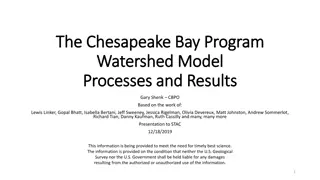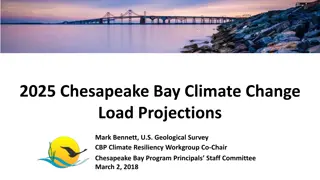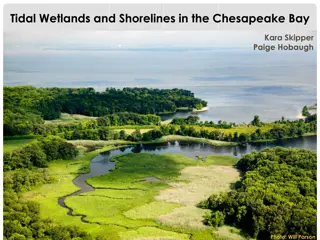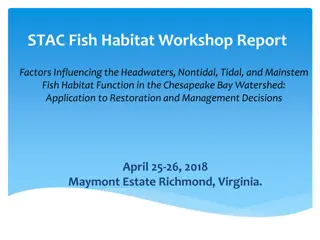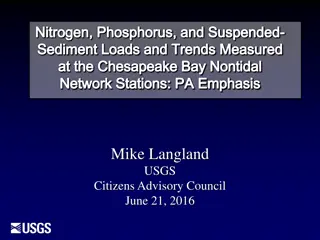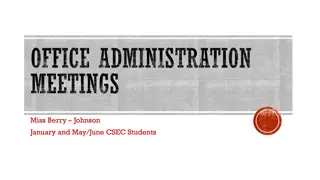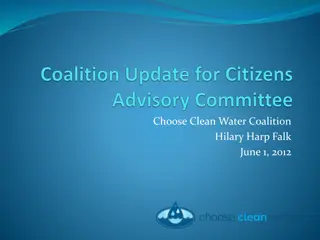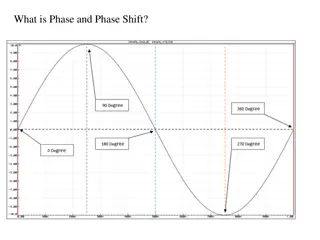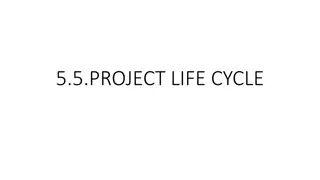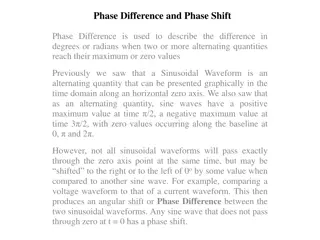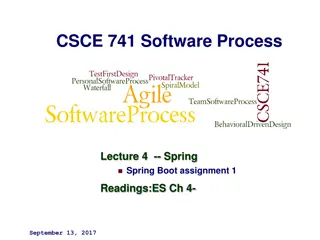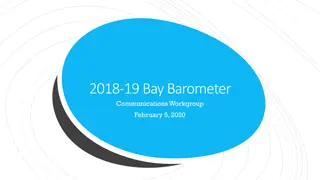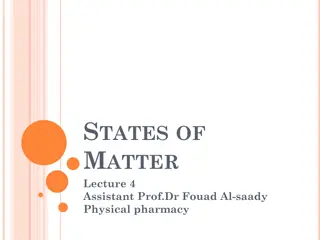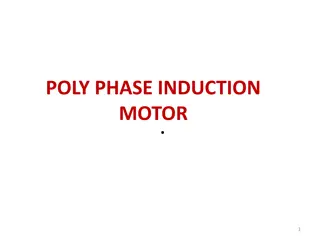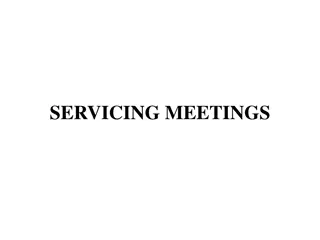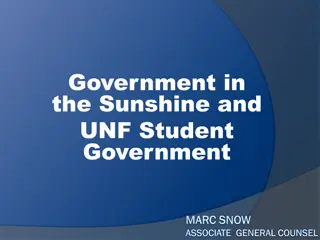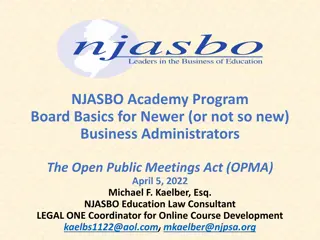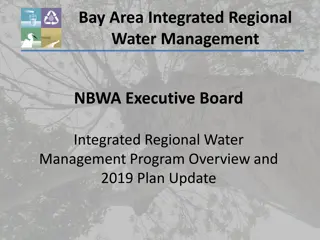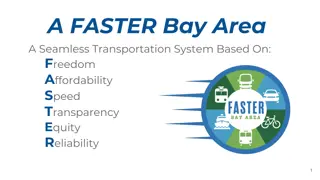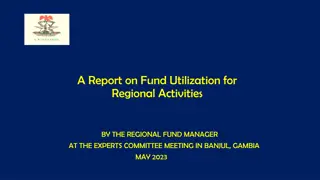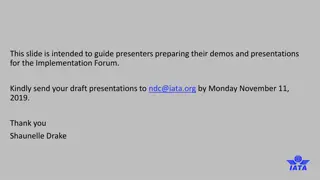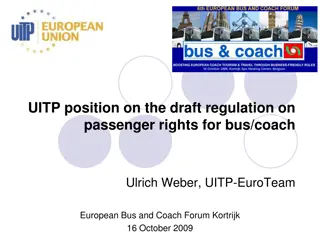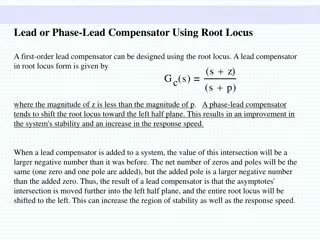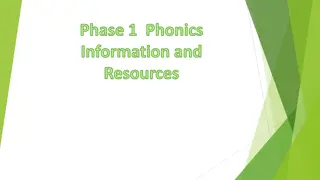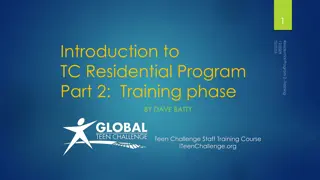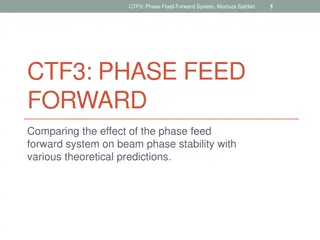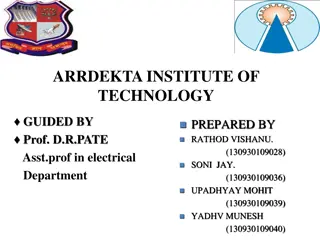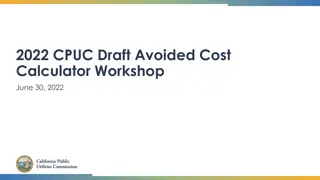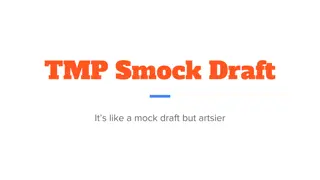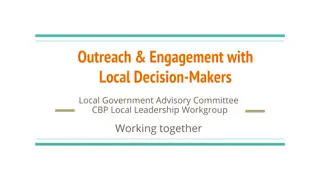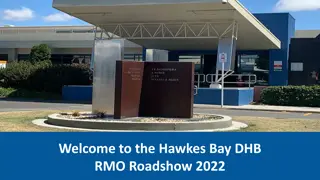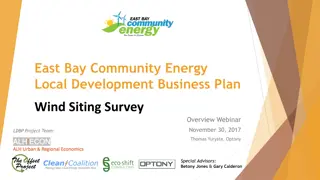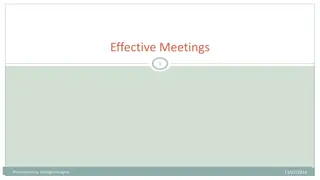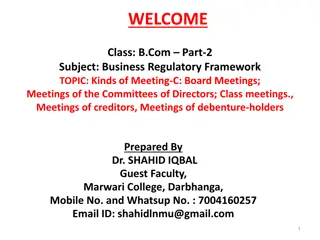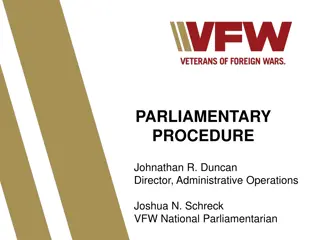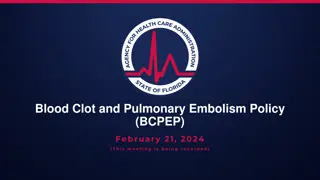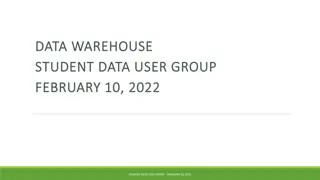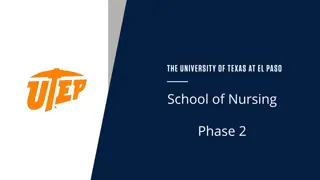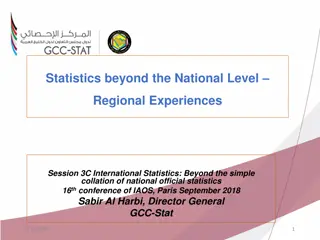Maryland's Draft Phase III WIP for Chesapeake Bay Spring 2019 Regional Meetings
Maryland's Phase III WIP focuses on achieving pollution reduction goals for the Chesapeake Bay by emphasizing locally-driven plans, co-benefits, and cost-effectiveness. Governor Hogan's significant investments have supported key restoration programs, with a target to reduce nitrogen levels. The state's adherence to WIP principles involves managing wastewater, enhancing agricultural practices, and sustaining progress in stormwater sectors. Key drivers of pollution reduction include upgrades to water treatment plants, agricultural practices, clean air initiatives, and storm sewer system requirements.
Download Presentation

Please find below an Image/Link to download the presentation.
The content on the website is provided AS IS for your information and personal use only. It may not be sold, licensed, or shared on other websites without obtaining consent from the author. Download presentation by click this link. If you encounter any issues during the download, it is possible that the publisher has removed the file from their server.
E N D
Presentation Transcript
Marylands Draft Phase III WIP for the Chesapeake Bay Spring 2019 WIP Regional Meetings
Current Progress and Achieving the WIP Million pounds of nitrogen to the bay The State is on track to meet its phosphorus and sediment goals 3 Data from: P6 CAST - 2017 Progress
Principles for Marylands WIP Locally-driven Based upon robust engagement process, local plans and commitments Co-benefits Achievable Cost effective Builds on lessons learned in Phase 1 and 2 Balanced Balance of regulations and incentives Balance of immediate/near-term actions and longer term sustained efforts across sectors 4
Adhering to WIP Principles Manage wastewater effectively Enhance agricultural implementation efforts Sustain progress in stormwater and septic sectors Maintain current environmental regulations Maintain full funding for state programs Need for continued engagement and success does not end in 2025 5
Marylands Strong Investments Governor Hogan has invested $5-billion since taking office! Full funding of Maryland s key Bay restoration programs Trust Fund Program Open Space Bay Restoration Fund Maryland Agricultural Cost Share Federal funds Farm Bill funding Drinking Water Revolving Loan Fund WQ Revolving Fund EPA Grants (106, CBRAP, CBIG, 319, etc) Significant local funding Stormwater restoration 6
New Phase III WIP Target Phase II Target: 47.2 M lbs Phase II Phase III Target: 45.8 M lbs 7
Biggest Drivers of Pollution Reduction 1. Bay Restoration Fund (BRF) upgrades to major wastewater treatment plants; 2. Agricultural pollution reduction practices funded through the Maryland Agricultural Cost Share Program, Bay Restoration Fund, and the Chesapeake & Atlantic Coastal Bays 2010 Trust Fund (Trust Fund); 3. Atmospheric pollution reductions resulting from the Clean Air Act; and 4. NPDES Municipal and Separate Storm Sewer System (MS4) Permit requirements (local $, Trust Fund, BRF). 8
WIP III Wastewater Strategies Wastewater Complete significant plant upgrades 4 remaining (plus additional 12 minor plants) Commit to municipal performance incentives Achieve aggregate nitrogen performance to 3.25 mg/L reference concentration Regulations, Enforcement, and Funding Programs for Sewer Overflows Stimulating Markets and Creating a Restoration Economy Nutrient trading & Clean Water Commerce 9
WIP III Agriculture Strategies Key activities out to 2025 BMP implementation Additional implementation of management practices Leverage new BMPs Ag drainage management Nutrient management compliance Tracking, reporting and maintaining Accurate accounting of all conservation practices currently on the ground Comprehensive Soil Health Financial assurance 10
WIP III Stormwater Strategies Phase I MS4s Continue pace of restoration to the maximum extent practicable (MEP) during upcoming permit (2% annually for WIP planning). Phase II MS4s Restoration of 20% of untreated impervious by 2025 Non-MS4 - Pursue additional resources for rural counties Flooding Climate change Healthy streams Healthy lakes Drinking water Greener communities Focus on local priorities Co-benefits 11
WIP III Septic Strategies Continue septic upgrades with priority in critical area Pursue septic connections Maintenance of existing and new systems High-benefit reductions Local priorities Public health & drinking water quality Concentrated areas Clusters High-density of individual systems Bermed infiltration pond (BIPs) Mobile home parks, campgrounds, marinas 12
Conservation, Protection & Growth Phase III Built on 2025 Land Use (BMPs applied to that projection) Forest Conservation Act Agricultural Preservation Priority funding areas Program Open Space Critical Area protections All other zoning and conservation measures Stormwater environmental site design 13
Draft WIP Plan: Nitrogen by Sector 2017 Progress Phase III WIP * Change in Load Source Sector (M lbs TN/yr) (M lbs TN/yr) (M lbs TN/yr | Percent) Agriculture 22.4 18.0 -4.4 | -20% Stormwater 9.4 9.2 -0.2 | -2% Natural 8.1 8.1 0.0 | 0% Septic 3.1 3.1 0.0 | 0% Wastewater 11.3 6.6 -4.7 | -41% | Total 54.2 45.0 -9.2 -17% Phase III WIP Target = 45.8 14
Draft WIP III Plan: Nitrogen by Basin Western Shore Basin -5.3 M lbs (-31%) Susquehanna River Basin -0.1 M lbs (-8%) Potomac River Basin -0.7 M lbs (-4%) Eastern Shore Basin -3.1 M lbs (-17%) *The Patuxent Basin wastewater loads appear to increase because 2025 plant performance is projected at 3.25 mg/L for WIP planning. Looking at aggregate 2017 performance in the basin, the significant plants performed well below 3.0 mg/L. Projecting based on current performance would result in a Phase III WIP load reduction of 0.2 M pounds Patuxent River Basin 0.1 M lbs (2%) * 15
Achieving the Phase III WIP Target Phase II Target: 47.2 M lbs Phase II Phase III Target: 45.8 M lbs Phase III Projected load 0.8 M lbs below target 16
Phase III WIP Challenges/Opportunities Factoring in Climate Change Impacts to Bay Restoration Accounting for Conowingo Ensuring Local Jurisdiction Capacity BMP verification and maintenance Technical assistance delivery 17
Planned Continuing Engagement April-May 2019 Informational Meetings MACO and MML MAMSA County Health Directors Local Government (trajectories) Conservation Districts NGOs Regional Workshops and Webinars 18
Thanks for Your Involvement! Maryland s Phase III WIP Locally-driven Achievable Balanced Public Meetings: April 29 (1-3 PM) Hagerstown Community College May 3 (9:30-11:30 AM) Chesapeake College May 6 (1-3 PM) Harford Community College May 17 (1-3 PM) Webinar Public Comment (Through June 7) Website: bit.ly/mdwip3 E-mail: MDE.ChesapeakeWIP@maryland.gov 19


